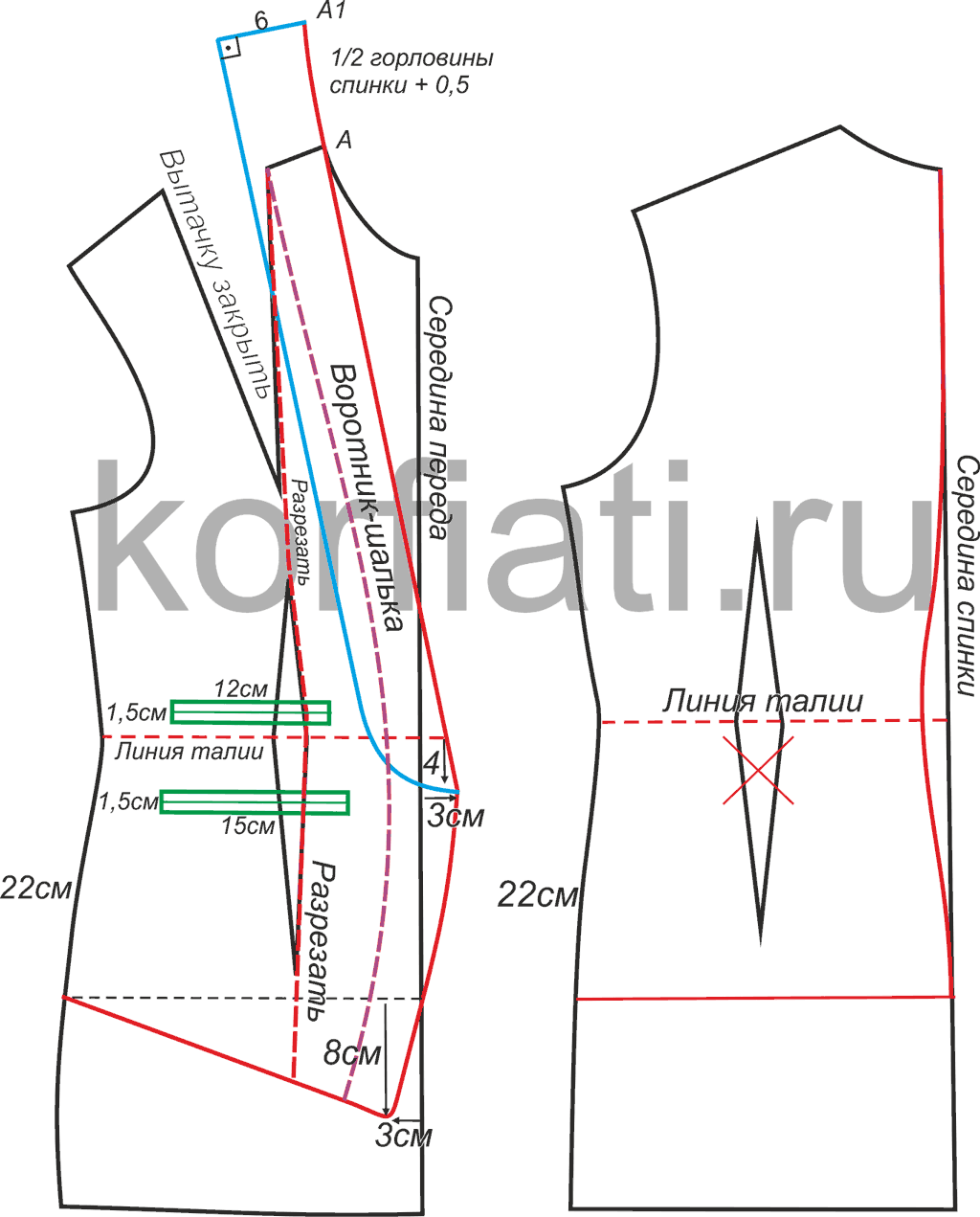Vikrojka Pidzhaka Shanelj

Marwar state was founded about 1226 with its capital of Mandore. The new capital of Jodhpur was founded about 1450 and Marwar was later renamed after the capital. The 'Most Anticipated Indian Movies and Shows' widget tracks the real-time popularity of relevant pages on IMDb, and displays those that are currently generating the highest number of pageviews on IMDb.
Species synonymy • andamanensis Blyth, 1858 • babi Miller, 1906 • enganus Lyon, 1916 • floresianus Jentink, 1905 • natunensis Miller, 1901 • nicobaricus Miller, 1902 The wild boar ( Sus scrofa), also known as the wild swine, Eurasian wild pig, or simply wild pig, is a native to much of,, and the. Human intervention has spread its further, making the species one of the widest-ranging mammals in the world, as well as the most widely spread. Its wide range, high numbers, and adaptability mean that it is classed as by the and it has become an in part of its introduced range. The animal probably originated in during the, and outcompeted other suid species as it spread throughout the.
As of 1990, up to 16 are recognized, which are divided into four regional groupings based on skull height and length. Dopolniteljnie kampanii dlya warcraft 3 frozen throne korolj mertvih 2 walkthrough.  The species lives in matriarchal societies consisting of interrelated females and their young (both male and female).
The species lives in matriarchal societies consisting of interrelated females and their young (both male and female).
Fully grown males are usually solitary outside the breeding season. The is the wild boar's main predator throughout most of its range, except in the and the, where it is replaced by the and, respectively. It has a long history of association with, having been the ancestor of most breeds and a for millennia. Boars have also re- in recent decades with; these have become a serious pest animal in, and the United States. Contents • • • • • • • • • • • • • • • • • • • • • • • • • • • • • Terminology [ ] As true wild boars became extinct in before the development of, the same terms are often used for both true wild boar and pigs, especially large or semi-wild ones. The 'boar' stems from the bar, which is thought to be derived from the *bairaz, of unknown origin. Boar is sometimes used specifically to refer to males, and may also be used to refer to male domesticated pigs, especially breeding males that have not been castrated.
'Sow', the traditional name for a female, again comes from Old English and Germanic; it stems from, and is related to the: sus and Greek hus, and more closely to the Sau. The young may be called 'piglets'.

The animals' specific name scrofa is for 'sow'. Hunting [ ] In hunting terminology, boars are given different designations according to their age: Designation Age Image Squeaker 0–10 months Juvenile 10–12 months Pig of the sounder Two years Boar of the 4th/5th/6th year Three–five years Old boar Six years Grand old boar Over seven years 'Solitary boar' Taxonomy and evolution [ ]. Male, domestic pig–wild boar cross With the exception of in and (which appear to be of stock), the wild boar is the ancestor of most pig breeds.
Archaeological evidence suggests that pigs were from wild boar as early as 13,000–12,700 BC in the in the Basin being managed in the wild in a way similar to the way they are managed by some modern New Guineans. Remains of pigs have been dated to earlier than 11,400 BC in. Those animals must have been introduced from the mainland, which suggests domestication in the adjacent mainland by then. There was also a separate domestication in China, which took place about 8,000 years ago. Evidence from sub-fossil remains of teeth and jawbones of Neolithic pigs shows that the first domestic pigs in Europe had been brought from the Near East. This stimulated the domestication of local European wild boars, resulting in a third domestication event with the Near Eastern genes dying out in European pig stock. Modern domesticated pigs have involved complex exchanges, with European domesticated lines being exported in turn to the ancient Near East.
Historical records indicate that Asian pigs were introduced into Europe during the 18th and early 19th centuries. Domestic pigs tend to have much more developed hindquarters than their wild boar ancestors, to the point where 70% of their body weight is concentrated in the posterior, which is the opposite of wild boar, where most of the muscles are concentrated on the head and shoulders. Dentition, as illustrated by Charles Knight The wild boar is a bulky, massively built suid with short and relatively thin legs. The trunk is short and massive, while the hindquarters are comparatively underdeveloped.